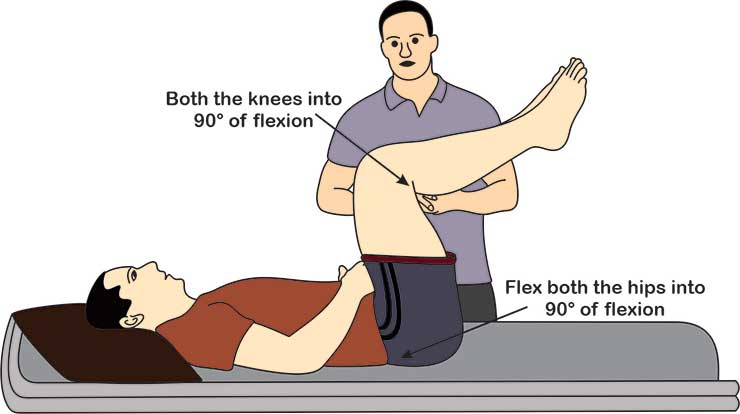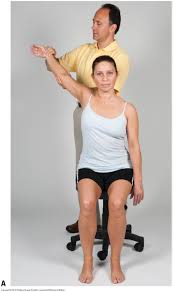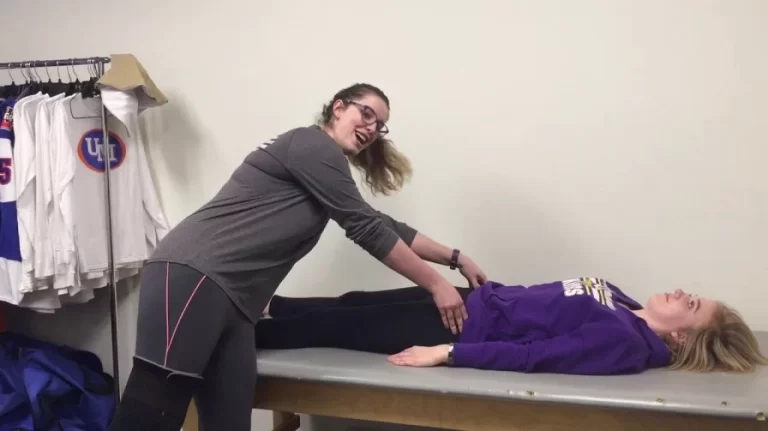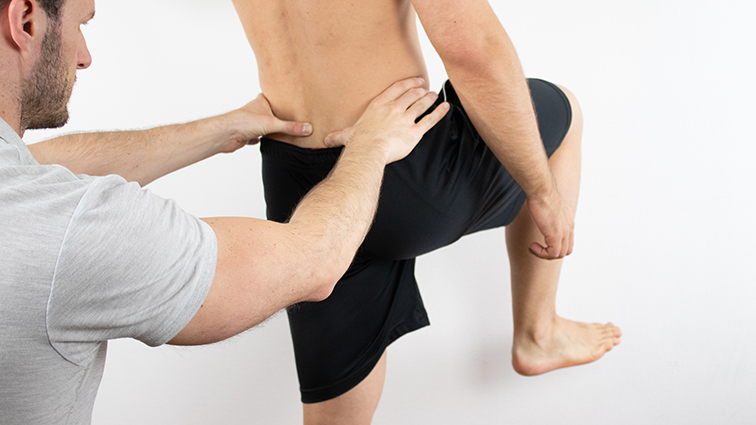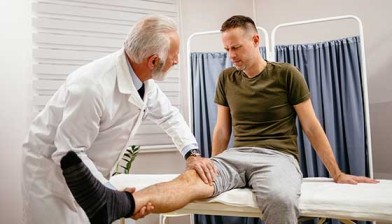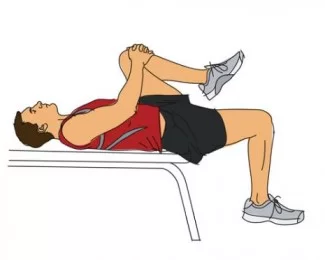90 – 90 straight leg raising test for hamstrings tightness
- It is also known as the hamstrings contracture test.
- This clinical test is applied in the clinic to check the tightness of hamstrings.
- This test is applied to examine part of the assessment.
- This test is applied when the patient is complaining about the leg pain.
How do you perform this 90 – 90 straight leg raising test?
- Starting position of the test is supine.
- Into the supine position, the patient flexes both hips to 90′ while the knees are bent.
- The patient may grasp behind the knees with both hands to stabilize the hips at 90′ of flexion.
- The patient actively extended each knee in turn as much as possible.
- For the normal flexibility of the patient in the hamstrings, knee extension is must be within 20′ of full extension.
- Kuo et al. call this angle the popliteal angle.
- This angle is performed by two lines – one line along the shaft of the femur & one line along the line of the tibia.
What is the result of the 90 – 90 straight leg raising test?

- Kuo et al. reported this angle to be 180′ from birth to 2 years of age, which then decreased to about 155′ by age 6 & remained fairly constant after that.
- If the popliteal angle is less than 125′, in this situation the hamstrings are considered to be tight.
- Normally, or if the hamstrings are tight, the end feel is muscle stretch.
- Nerve root symptoms may also result because this positioning is similar to the slump test done in supine lying instead of sittings.
Modification of the 90 – 90 straight leg raising test?
- This test is used for the length of gluteus maximum.
- The patient assumes the same starting position.
- When the examiner palpates the ASIS on the same side of the affected side so that the examiner flexes the hip with the knee flexed.
- If the tight flexes 110′ to 120′ before the ASIS moves up, gluteus maximus length is normal.
- If the ASIS moves up before the tight reaches the trunk, the gluteus maximum is tight.
- Both sides should be compared.
- Janda has reported that the glutes maximum, medius,& minimum are more likely to be weak than tight.
- To test gluteus maximum strength, the patient is placed in prone with the hip straight & the knee flexed to 90′.
- The patient is asked to extend the hip, keeping the knee flexed while the examiner applies an anterior force to the posterior thigh.
- Both legs are tested on the mostly good side first & compared.
- If the patient attempts to further flex the knee when doing the test, it indicates greater use of hamstrings is occurring.
- To test the strength of gluteus medius & minimum, the patient is positioned in side-lying.
- The examiner stabilizes the pelvis & asks the patient to abduct the leg against the examiner’s resistance applied to the lateral aspect of the thigh.
- Both legs are tested in means good side first & compared.

